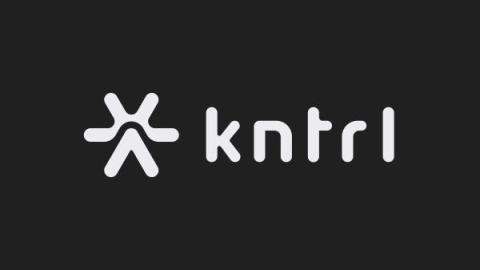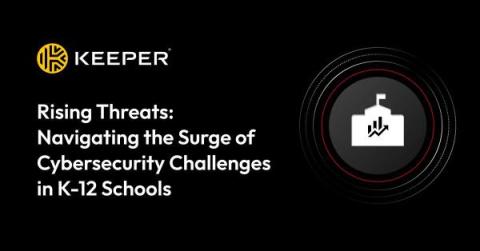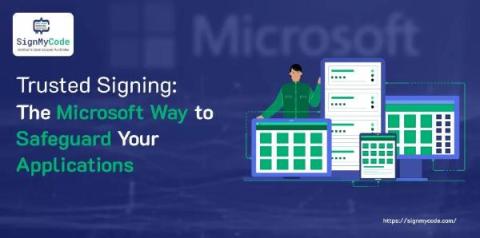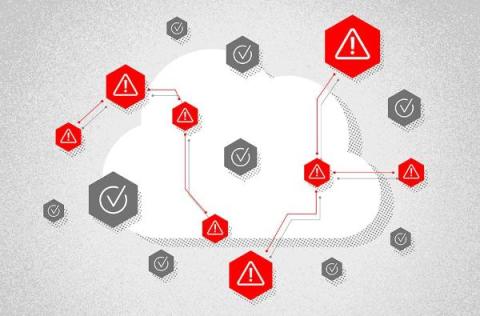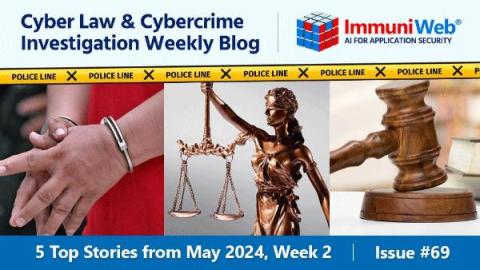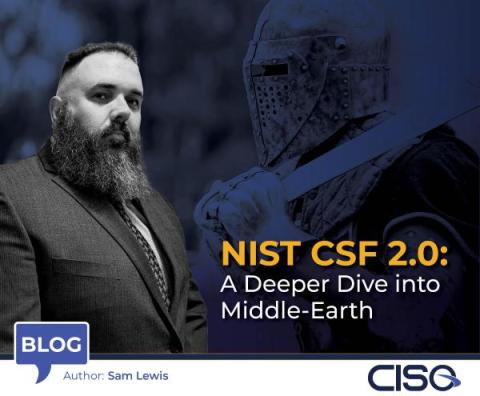kntrl integrates Open Policy Agent
Addressing the security intricacies of sophisticated automation frameworks, in our case the Continuous Integration/Continuous Deployment (CI/CD) environments, is always challenging. The inherent complexity of such environments, characterized by the multitude of components that are each performing distinct tasks, necessitates a dynamic and adaptable rule engine to ensure the security of our pipelines.


